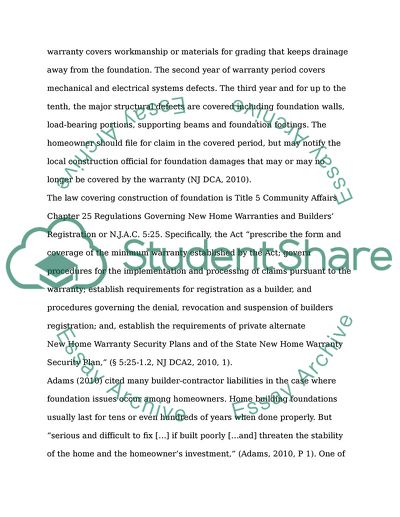Cite this document
(“Construction Defects with Homeowners Case Study”, n.d.)
Construction Defects with Homeowners Case Study. Retrieved from https://studentshare.org/environmental-studies/1571883-construction-defects-with-homeowners
Construction Defects with Homeowners Case Study. Retrieved from https://studentshare.org/environmental-studies/1571883-construction-defects-with-homeowners
(Construction Defects With Homeowners Case Study)
Construction Defects With Homeowners Case Study. https://studentshare.org/environmental-studies/1571883-construction-defects-with-homeowners.
Construction Defects With Homeowners Case Study. https://studentshare.org/environmental-studies/1571883-construction-defects-with-homeowners.
“Construction Defects With Homeowners Case Study”, n.d. https://studentshare.org/environmental-studies/1571883-construction-defects-with-homeowners.


